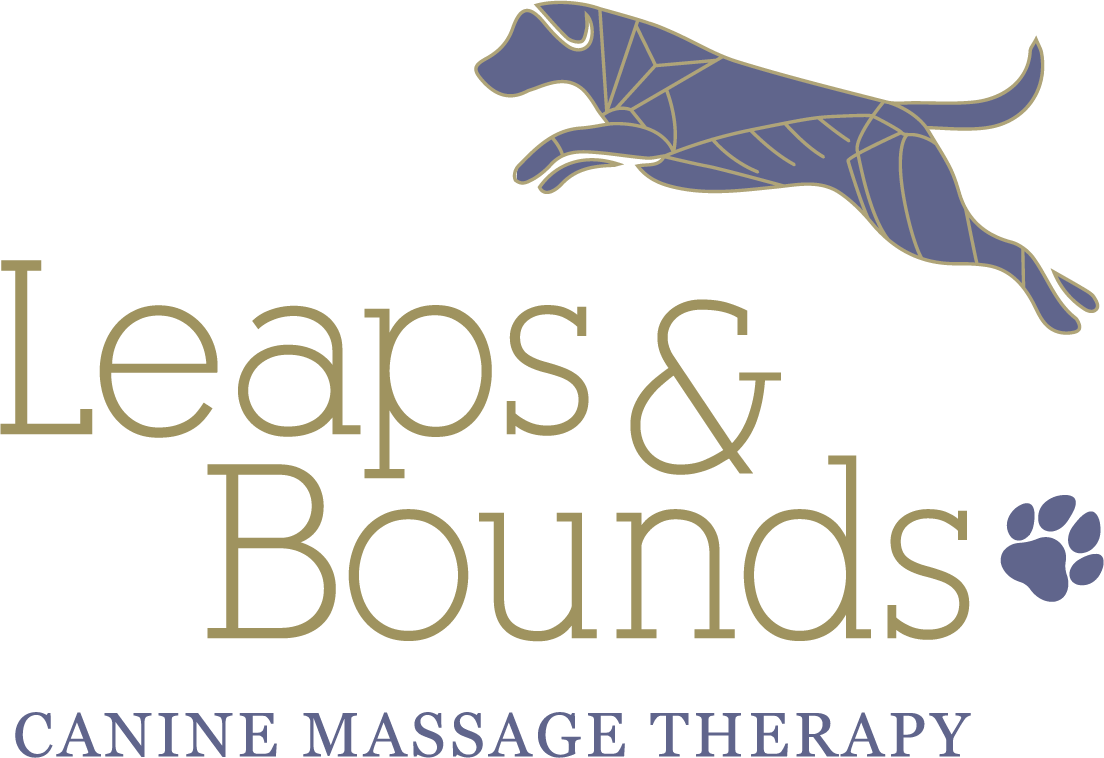Hip Dysplasia
Hip Dysplasia is the most common skeletal disease in dogs. Dysplasia means abnormality of development, and for the hip joint this means that it has a shallow socket (acetabulum) and/or an irregularly shaped ball (femoral head).
These malformations cause uneven contact between the joint surfaces, compromising the joint stability and leading to hip laxity in early life. This laxity erodes the joint causes inflammation and bone remodelling to occur, which in turn leads to osteoarthritis and degenerative joint disease.
Causes:
Genetic predisposition – Large breeds (Great Dane, Saint Bernard,
Labrador, Rottweiler, German Shepherd Dog)
Overexercising as a puppy
Diet
Environment
Growth rate
Malformation as puppies due to activities of daily living
Symptoms:
Difficulty rising from lying or sitting positions / Sitting in “frog” position (one hip splays out)
Reluctance to run, jump, climb stairs / exercise intolerance
Pain when touched or trying to nibble or lick your fingers when you touch around the hips
Bunny hopping (especially up the stairs)
Swaying gait (rear end moves back and forth in pronounced fashion)
Stiffness
Hind-limb lameness, often worse after exercise / decreased range of motion
Back legs are closer together than front legs (e.g. narrow stance)
Joint laxity – characteristic of early disease
Grating detected with joint movement (crepitus)
Enlargement of shoulder muscles due to more weight being exerted on front legs as the dog tries to avoid weight bearing on its hind legs
As hip dysplasia progresses the following symptoms may be evident:
Muscle wasting in the hind quarters
Very reluctant to be touched
Unexplained aggressive behaviour
Arthritis (especially in later onset)
How massage can help:
Improve mobility/flexibility and relieve stiffness and joint discomfort
Develop and maintain muscles tone
Help to strengthen muscles and correct muscle balance and posture
Assist in pain relief
Relieve tension build up
Help the compensating limb tension
Improve the dog’s disposition and enable them to enjoy normal exercise
Reduce inflammation around the coxofemoral joint due to the lymphatic drainage achieved during massage
Resolution of secondary sources of pain such as myofascial trigger points
Illustration of a healthy hip and a hip with dysplasia by Samantha Elmhurst. Please note that Leaps & Bounds Canine Massage therapy is not affiliated with Samantha Elmhurst.
Xray of a health hip and a hip with dysplasia from PDSA.org.uk. Please note Leaps & Bounds Canine Massage Therapy is not affiliated with PDSA.


